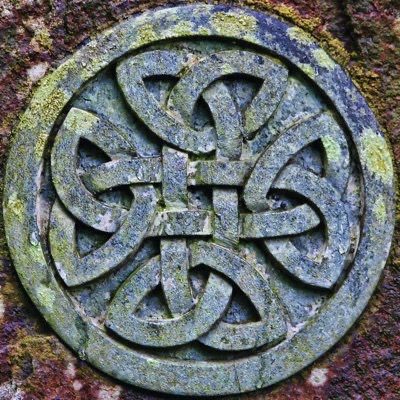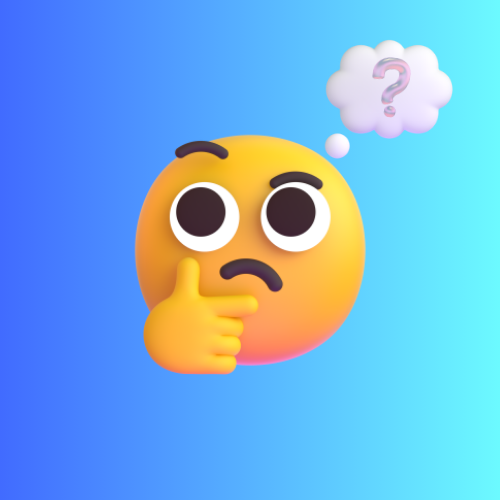I’m used to be able to just buy a tin whistle in D and that’s compatible with what all the schools teach kids, but I’ve spent ages searching for a solution to this one and I still don’t know what I need exactly.
The song / melody are in Ab.
According to Wikipedia, tin whistles are tuned to be able to play two major keys a perfect fourth apart. A perfect fourth above A-flat is D-flat, and a perfect fourth below A-flat is E-flat, so an A-flat whistle would be able to play A-flat major and D-flat major, and an E-flat whistle would be able to play E-flat major and A-flat major.
Every major key has a minor key that is “enharmonically equivalent,” which means that they have all the same notes. We call that the “relative minor” to that major key. Because they have all the same notes, an instrument that is capable of playing some major key is also capable of playing that major key’s relative minor.
E-flat major’s relative minor is C minor A-flat major’s relative minor is F minor D-flat major’s relative minor is B-flat minor
I never understood what the word “relative” meant in this context. Thank you so much.
Since posting this I’ve looked more into relative keys and it turns out that it’s becomes easy to understand when looking at a piano.
Thanks again to Hildegarde and PebbleGamer for opening up my mind to these ideas.
For anyone else, there’s a visual, five-minute video explanation here https://yewtu.be/watch?v=xbEer87lfdU


